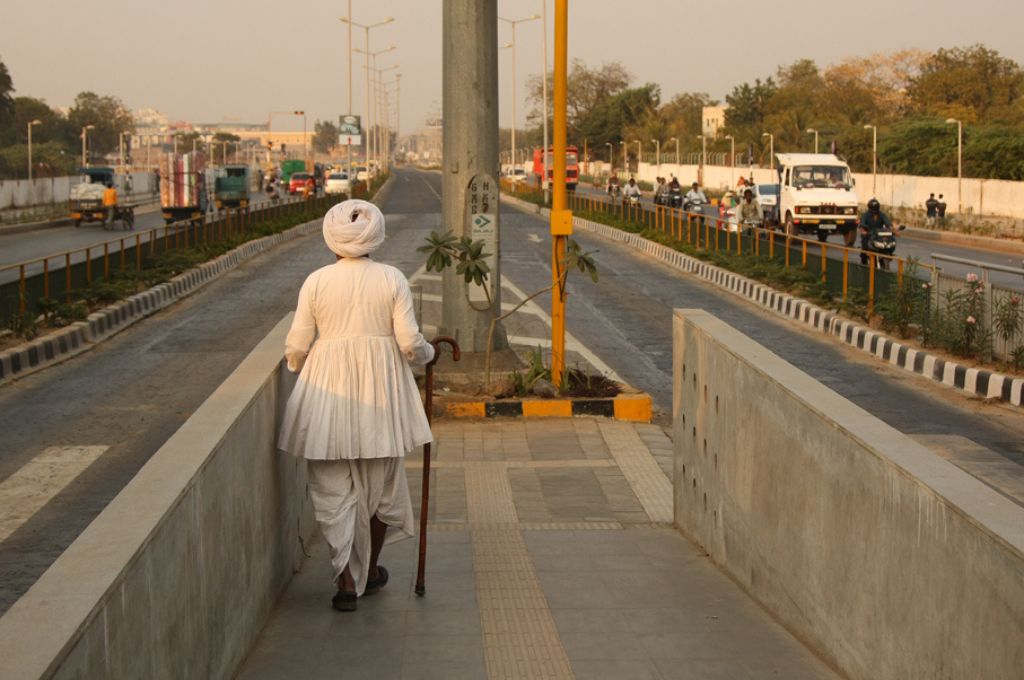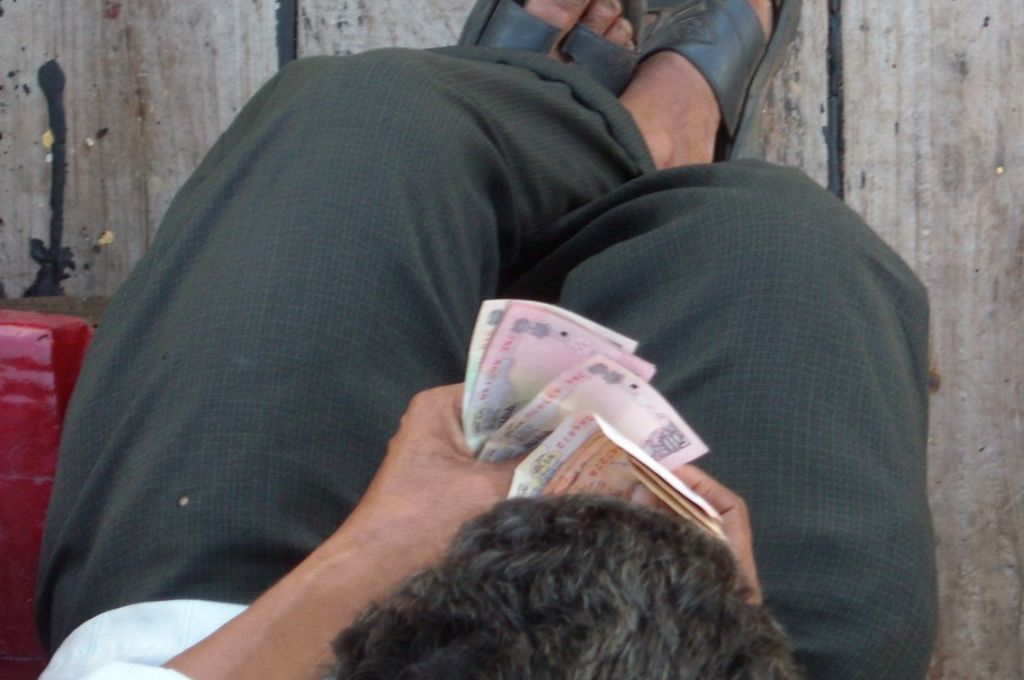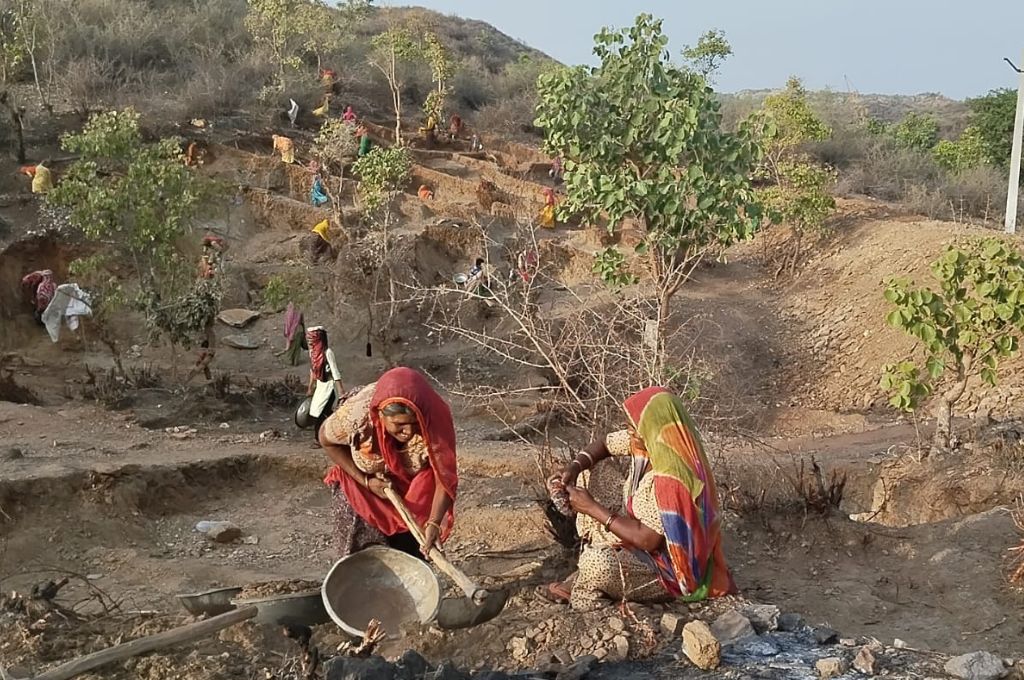This year, the International Day of Older Persons on October 3, was commemorated by advancing a global pledge for “fulfilling the promises of universal declaration of human rights for older persons: across generations”.
As we near the tapering end of the population growth period, with rise in life expectancy and faster decline in fertility rates, India is experiencing one of the fastest ageing populations and share of older people are expected to rise (8.6% in 2011 to 21% in 2050).
By 2031, elderly count will be 194 million in 2031, compared to 138 million in 2021. The growing older people are posing significant challenges for social welfare, economic and health policies in India.
Growing share of the oldest-old
Even more concerning are the trends in the population growth of different age groups among the elderly. The share of elderly aged 80 years and above, in total population, was 0.4% in 1950; which was doubled (0.8%) in 2011 and is expected to increase up to 3.3% by 2050. These demographic shifts indicate a rapid transformation of India’s population composition, where elderly citizens will constitute a significant portion of the total population and it imposes multi-faced challenges form a policy formation point of view especially health care, economic, social and emotional support provision.

Two major challenges associated with increasing ageing population are the health of and the care-giving to the elderly. As age is a predominant determinant of deterioration of health, it limits an individual’s economic productivity, increases chronic morbidity and need for care. An article recently published in The Lancet using their new measure “health adjusted dependency ratio” states that the elderly are largely dependent on others due to their poor health rather than for economic reasons.
Disability and functional limitations
Mobility associated disabilities are almost inevitable after attaining a certain age. Complete immobility in older ages necessitates round-the-clock assistance to carry out activities of daily living. The latest Longitudinal Ageing Study in India reports that, around 44% of elderly aged 80 years have some kind of activity limitation either in bathing, dressing, eating, using the toilet, getting out of bed or walking across the room.
The numbers from the recent National Sample Survey also suggest that just among 70 years and above population, around 44 lakh elderly are completely bed ridden. Moreover, the number is much higher (19% for elderly aged 80 years above) if we count those who may not be completely bed-ridden but are confined to homes. These numbers can increase to an alarming level in the coming years owing to the rate of population ageing in the country.
With the advent of a longer life span, there would be a substantial increase in the need for care as elderly population are more vulnerable to possess poor health and non-communicable diseases. Consequently, these multiple health issues contribute to a growing dependence of the elderly upon the younger population as well as on the state for economic, healthcare services and physical support.

Who will care for the elderly: A big future concern
Hitherto, a majority of living support for elderly had come from children. Only 6% of individuals aged 60 years and above live alone, while 20% live only with their spouse without the presence of their children, but this number can increase significantly in the coming days and might pose a big challenge for household-based informal care-giving.
In particular, with declining birth rate, migration of young children for education and jobs, splitting of families with growing individuality and the consequent rise in left-behind elderly is a great threat to informal care support for the older population. More importantly, a rise in longer life span for females and growing number of widows pose a serious challenge for later age support for them. Thus, in the future, absence of adequate informal caregivers would significantly hamper the elderly’s access to essential services, particularly for those with poor health conditions.
Among the existing provision of formal care, a few urban based NGOs have started different start-ups aiming to provide support for different instrumental activities to elderly. But they are restricted to the metropolises, as well as expensive. However, a majority of the elderly (70%) live in rural areas and they are financially more dependent on their family and the state.

The way forward
To address the increasing unmet need of care for elderly, a crucial step would be to reduce their complete dependency on household members; for financial and day-to-day living support. Moreover, a stronger pension scheme, social security system and affordable health care system can share the burden of over-dependency on family-based care.
The Ministry of Health and Family Welfare (MoHFW) has rightly initiated a programme for training and skilled building geriatric care assistance for hospital, home/old age home based specialised care-giving. Launching and scaling-up of an integrated geriatric health care system can serve as step in the right direction in the longer run. In the meantime, providing affordable options to hire formal care givers can provide a quicker short-term solution to existing needs. However, the country needs to prepare itself for formal institutionalised care-giving services to the elderly, especially in the context of unavoidable and accelerating rise of the oldest-old and the physically disabled, sick and bed ridden older population.
A geriatric care-friendly health system, especially in the bottom layers of system (sub-centres, primary health centres and community health centres or in newly created health and wellness centres) can pave the way for creating a healthy and active elderly population in the country.
This article was originally published on Science, The Wire.






